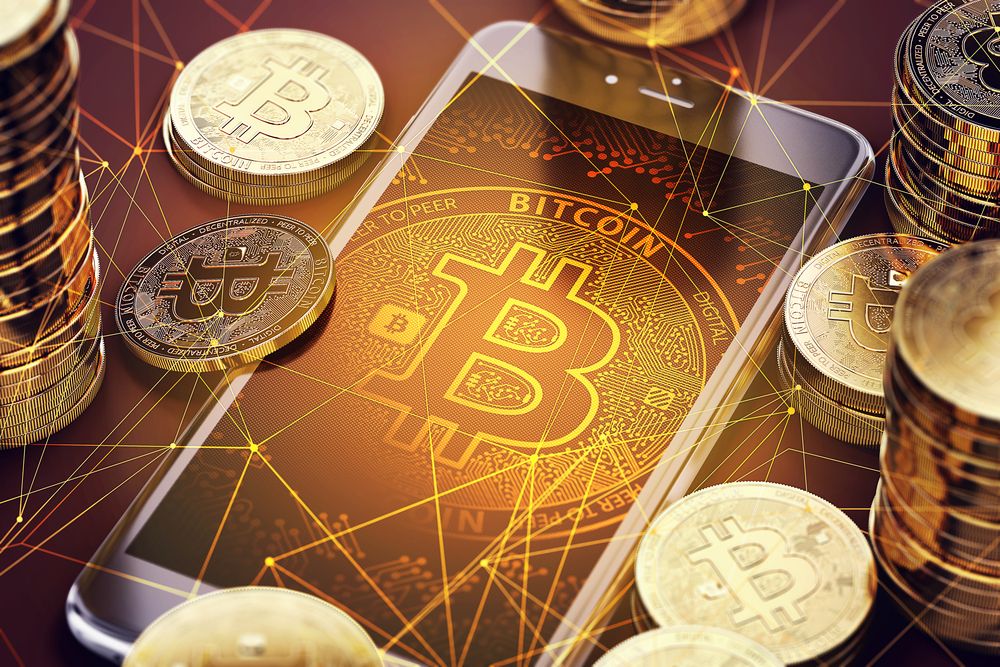Bitcoin (BTC) is a form of digital “currency” and the first example of a cryptocurrency. It is purely a computer-based means of exchange that cannot be held or kept in a wallet like regular banknotes. What’s also interesting about it is that; it does not flow through the traditional banking system. Rather, it moves from one wallet to another.
Satoshi Nakamoto first proposed Bitcoin in 2009 as a means of payment based on mathematics. Transfers of BTC are quick and happen once made, they are final. Like other assets, the principle of buying low to sell high applies when transacting in bitcoins.
How To Invest in Bitcoin

Investing in BTC can seem complicated, but it is much easier when you break it down into steps. You need not understand computer programming to realise that banks, businesses, and individuals are cashing in on cryptocurrencies. This guide will help you to get started, but always remember that BTC investing carries a high degree of risk.
Step One: Get a Bitcoin Wallet
First things first, you’ll need a wallet to store bitcoin. When it comes to choosing a wallet, you have options: Software and hardware wallets.
Software wallets are basically mobile applications that you connect with your regular bank accounts.
These wallets allow fast and convenient access to bitcoin. Examples of these include CoinBase, Blockchain.com, and the like.
Mycelium is one of the most secure mobile wallets, but it can be a little harder to use. Blockchain Wallet is a very popular mobile wallet. Electrum, on the other hand, is a great open-source wallet for desktop users.
Hardware wallets are not as common as others but are still considered to be highly secure because they are offline. Leading hardware wallet manufacturers include Ledger and Trezor.
These wallets store a user’s private key on a physical hardware device similar to a flash drive, which prevents hackers from accessing a user’s private key through an Internet connection.
Step Two: Connect a Bank Account
In order to purchase bitcoin, you need to connect your wallet to a bank account, debit card. Although these payment methods all perform the same function—exchanging traditional currency for bitcoin—they each carry their distinct set of fees.
Step Three: Join a Bitcoin Exchange
The marketplaces for bitcoin exchanges are online. In these places, you get to trade your bitcoin for local currencies, for example, you can buy bitcoin in Nigeria with your naira on certain crypto apps. Just like when you go to make a purchase online, you have options. The same is true of buying bitcoin.
Step Four: Place Your Order
You’re now ready to buy bitcoin for the first time. You should that although a bitcoin costs a lot of dollars, bitcoin can be split to eight decimal points. The smallest BTC unit is a satoshi. Even if the price of BTC skyrockets, you’ll still be able to buy a satoshi for a tiny fraction of a cent.
Conclusion
The value of Bitcoin depends on the investors’ conviction, public interest in making use of it, integration into the financial market, and performance when compared to other forms of cryptocurrencies.
Bitcoin investing also involves technical and security concerns most investors should know before they start. Hence, understanding blockchain technology is important.
You can obtain a comprehensive loan, tailored to your specific needs by using this platform. Basically, it allows you to compare loans from different lenders across Africa, ensuring the best option doesn’t slip through.